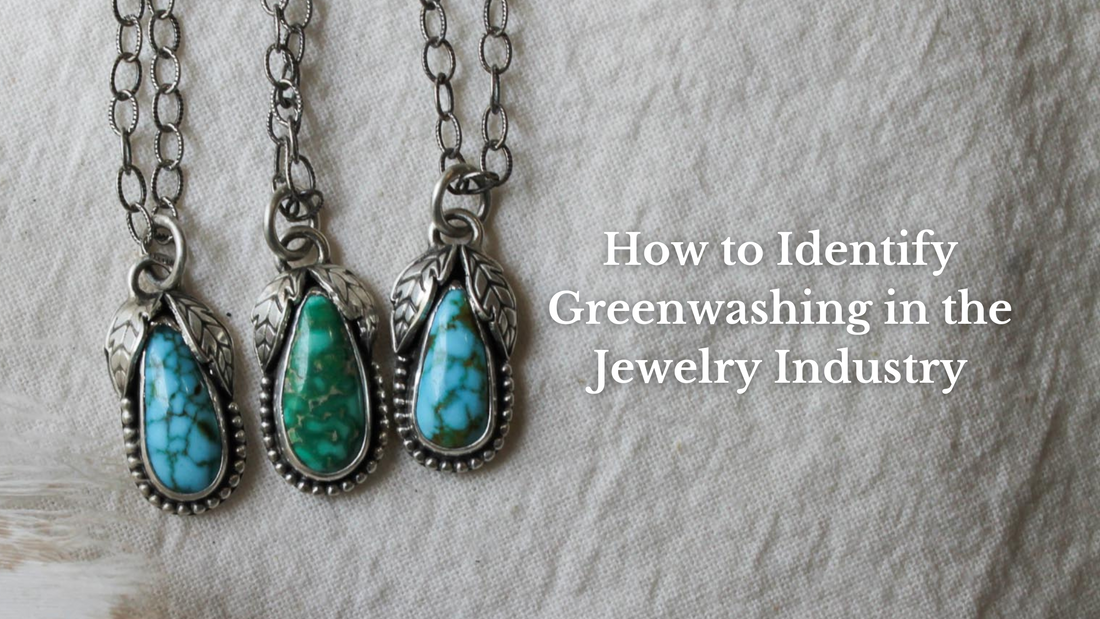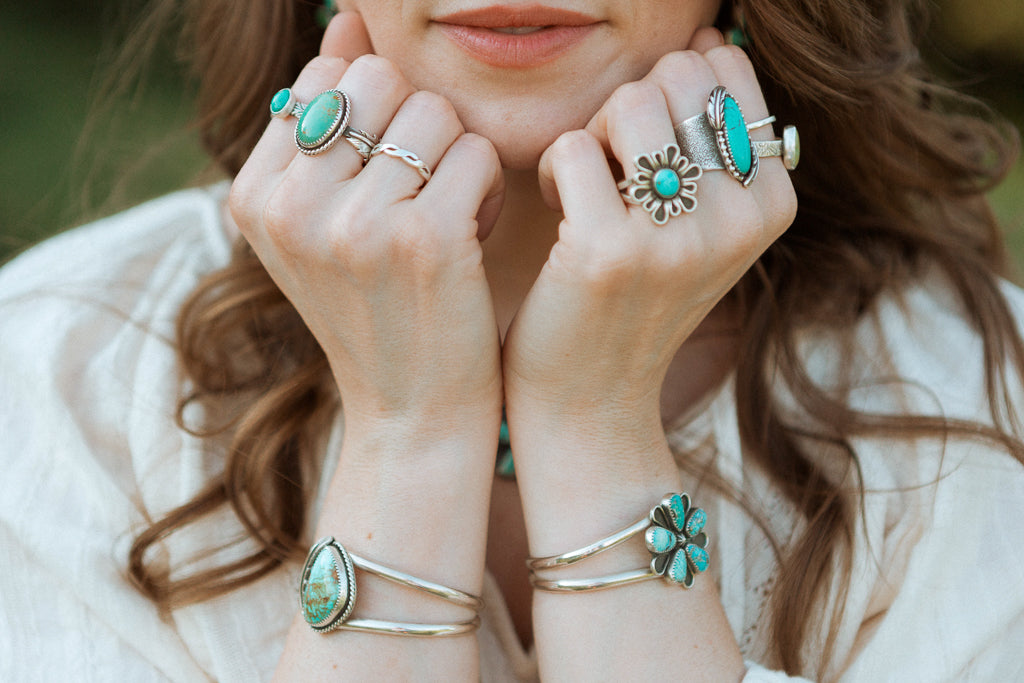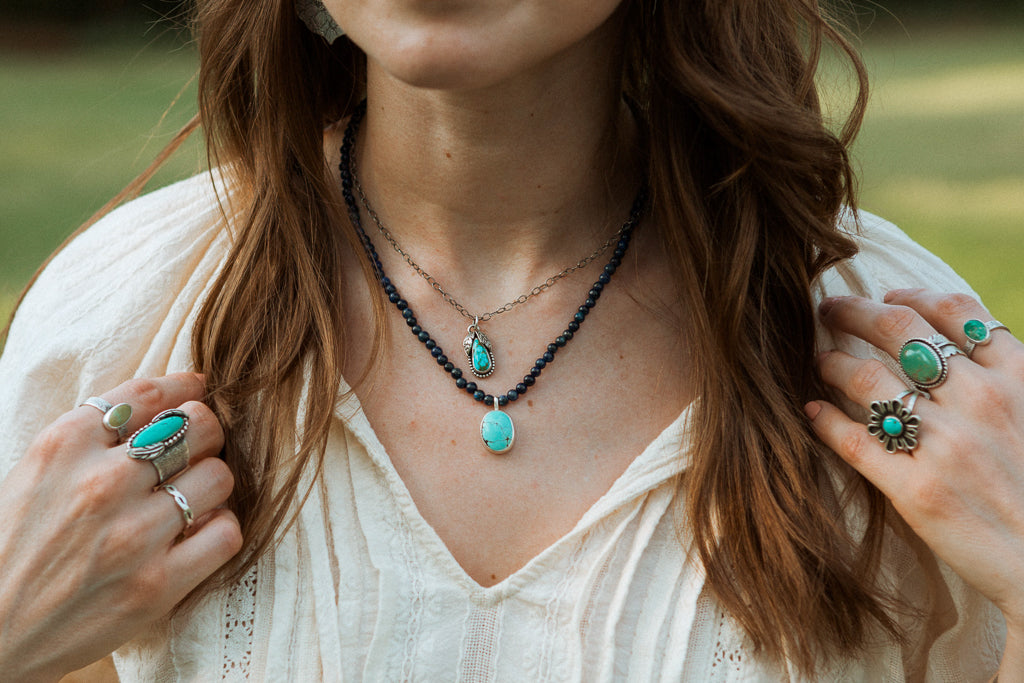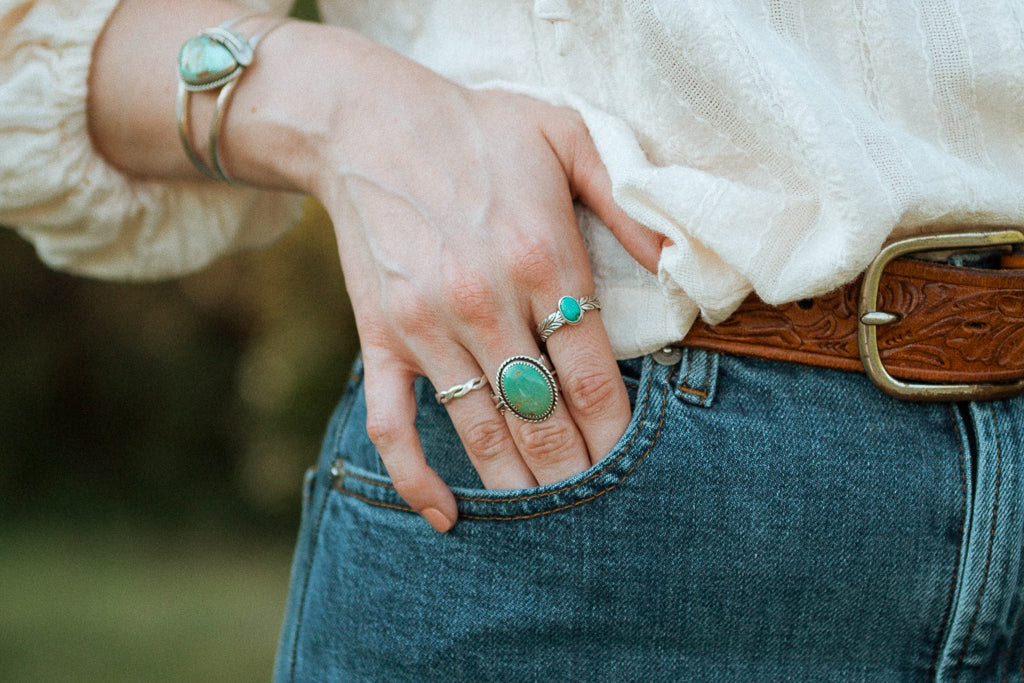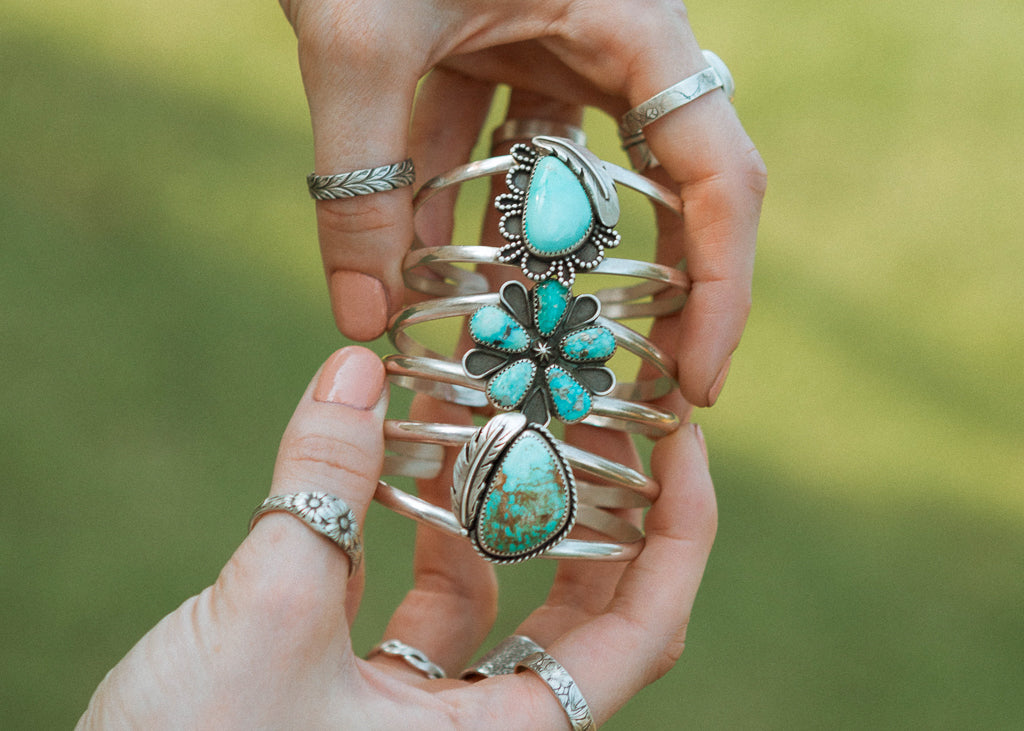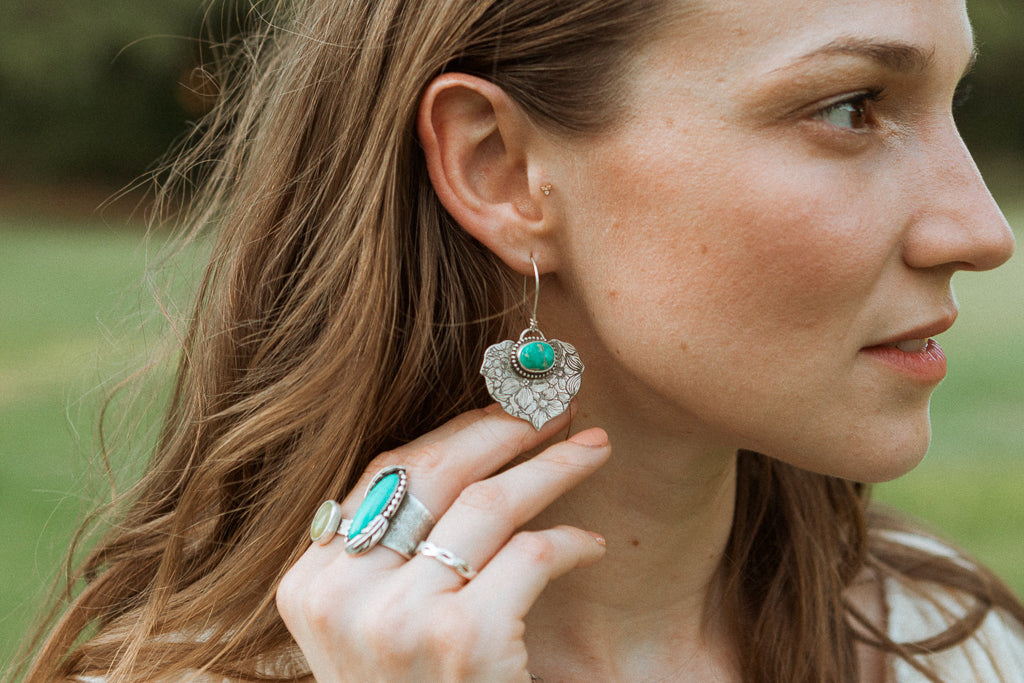In today's world, it's more crucial than ever to embody mindful consumption when selecting your jewelry.
What is the definition of Greenwashing? The act of making false or exaggerated sustainability claims. This unfortunately has become a growing concern for many of my customers seeking ethical and sustainable jewelry. To help you navigate the realm of handmade jewelry shopping with confidence, here are three key indicators to look at when looking for your next piece of ethical jewelry.
1. Too Good To Be True Price Point
The Trap: Even for conscious buyers, it can be tempting to fall for surprisingly low priced items claimed to be "eco-friendly" or "sustainable." While affordability is always appealing, it's crucial to take a step back and delve deeper into the reasons behind the low cost.
The Reality: Authentic sustainable practices often involve additional costs due to responsible sourcing, ethical labor, and eco-friendly materials and production methods. If the price seems too good to be true, it more than likely indicates that shortcuts were taken in the production process or that the claims of sustainability are exaggerated.
The Solution: Prioritize brands that are transparent about their sourcing, production, and labor practices. Remember that quality and authenticity often come with a fair price reflecting the true cost of ethical and eco-friendly practices and materials.
2. Plated or Gold-Fill Jewelry: A Double-Edged Sword
The Trap: Some jewelry brands promote plated or gold-fill jewelry as environmentally friendly alternatives to solid precious metal pieces. While these options can be more affordable, the environmental benefits are not as clear-cut.
The Reality: Plated or gold-fill jewelry involves a base metal covered by a thin layer of precious metal. While this reduces the demand for precious metals, these pieces often wear out quickly and require frequent replacement. Additionally, the plating and recycling processes of this type of jewelry involves harmful chemicals that damage our environment.
The Solution: Prioritize timeless designs, craftsmanship, and quality materials to ensure the longevity of your jewelry. Explore brands that offer responsibly sourced solid precious metal options or recycled materials. Remember that even though it may seem like an investment upfront, you'll be saving money by avoiding replacing your jewelry every couple years due to poor quality.
3. Vague Claims & Withholding Crucial Info: Take a Deeper Look
The Trap: Jewelry brands that use vague terms like "eco-friendly," "green," or "sustainable" without providing any concrete details or certifications often mislead well-intentioned consumers. These claims lack substance and are simply masking unsustainable practices.
The Reality: Legitimate sustainable brands are transparent about their practices. They offer specific information about their materials, sourcing methods, production processes, and provide certifications from recognized organizations. Simply shipping products in recycled shipment boxes does NOT make them a sustainable brand.
The Solution: Scrutinize brands that make sustainability claims without backing them up with verifiable data. Don't be afraid to ask questions and seek out detailed information about a brand's supply chain, certifications, and initiatives. If a brand avoids direct questions or provides only superficial answers, it's advised to be cautious.
By being well-informed and knowledgeable, you can avoid falling prey to greenwashing and support jewelry brands that genuinely uphold ethical and sustainable practices. Remember, it's not just about the product itself, but the values and actions of the brand behind it that truly matter.

